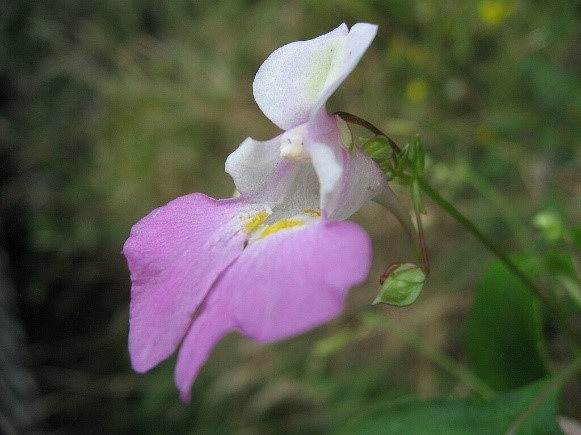





Disclaimer: Copyright infringement not intended
Context
Impatiens
About
Family
Common names
Description
Distribution
|
PRACTICE QUESTION Q. Consider the following statements: 1.Balsams are widely distributed throughout the Northern Hemisphere and the tropics. 2.The zygomorphic flowers of Impatiens are protandric. 3.All Impatiens species are herbaceous annuals or perennials with succulent stems. How many of the above statements are incorrect? A) Only 1 B) Only 2 C) All 3 D) None Answer: A) Only 1 |







© 2025 iasgyan. All right reserved